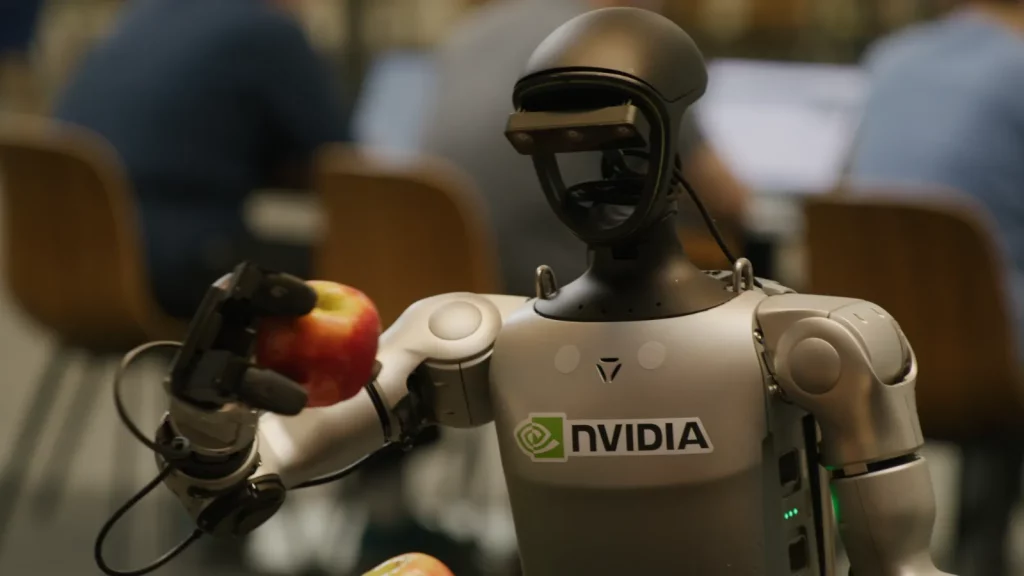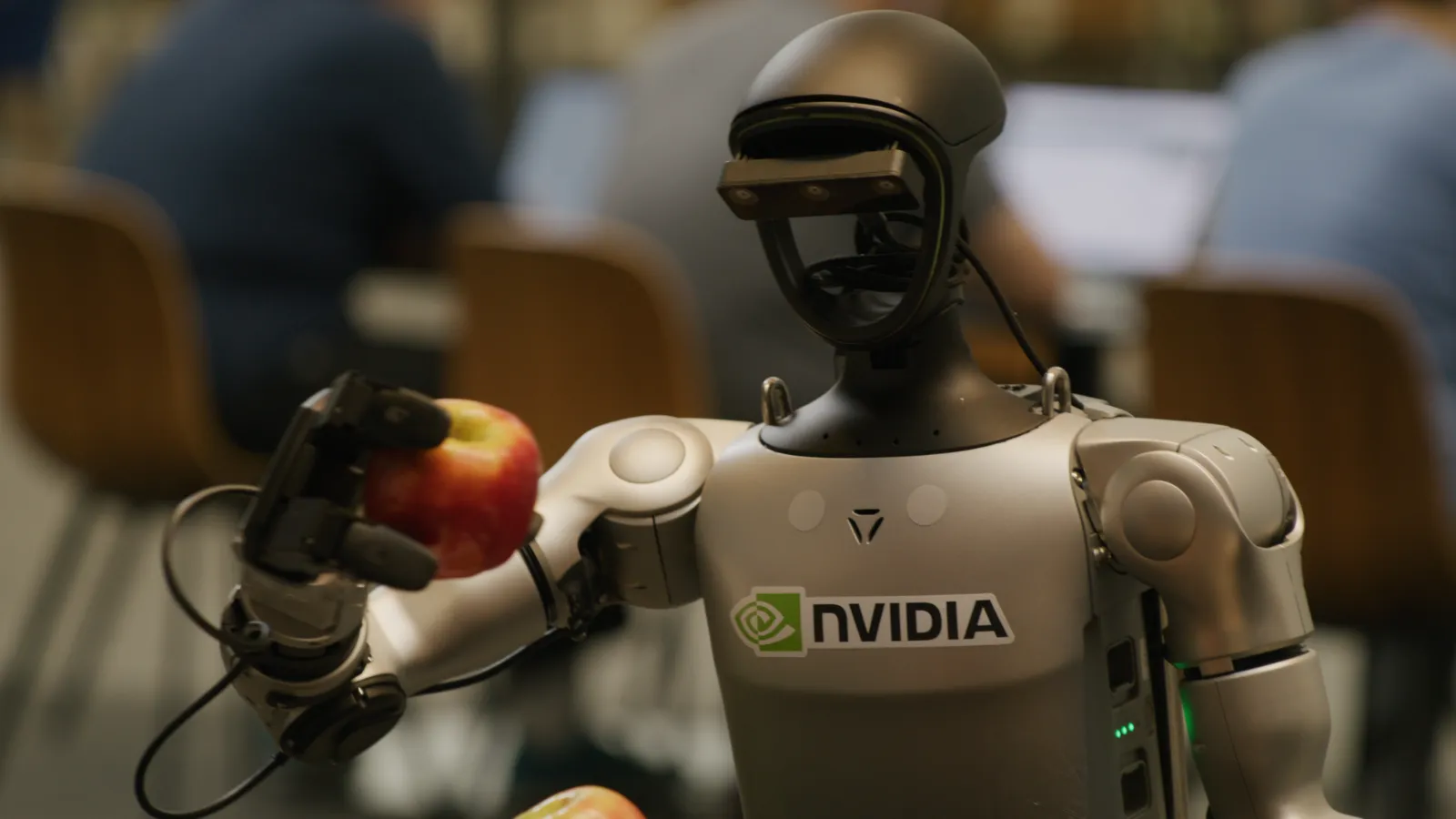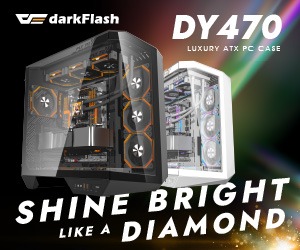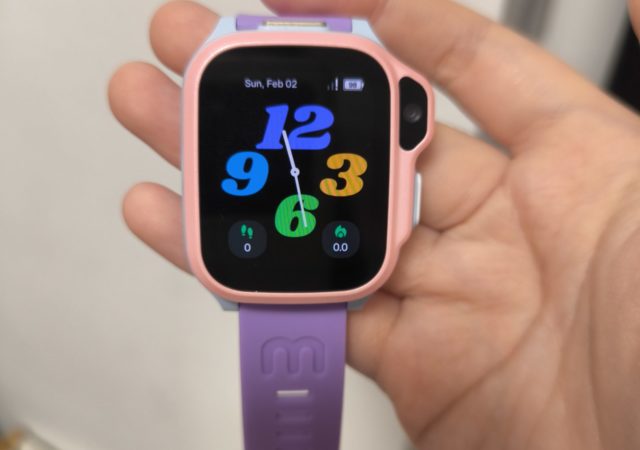NVIDIA has introduced a suite of open technologies aimed at advancing humanoid robotics, highlighted by the release of the Newton Physics Engine, the Isaac GR00T N1.6 reasoning model, and expanded AI infrastructure for physical AI development.
 Newton, now in beta under the Linux Foundation, is a GPU-accelerated, open-source physics engine built on NVIDIA Warp and OpenUSD. Co-developed with Google DeepMind and Disney Research, it enables more realistic simulation of complex actions such as walking on unstable terrain or manipulating fragile objects. Early adopters include ETH Zurich, Technical University of Munich, and Peking University.
Newton, now in beta under the Linux Foundation, is a GPU-accelerated, open-source physics engine built on NVIDIA Warp and OpenUSD. Co-developed with Google DeepMind and Disney Research, it enables more realistic simulation of complex actions such as walking on unstable terrain or manipulating fragile objects. Early adopters include ETH Zurich, Technical University of Munich, and Peking University.
Meanwhile, the Isaac GR00T N1.6 model introduces Cosmos Reason, a customizable reasoning vision-language model designed to interpret ambiguous instructions and generate step-by-step action plans. Integrated into GR00T, it allows humanoid robots to coordinate torso and arm movements for challenging manipulation tasks. Robotics firms including LG Electronics, Neura Robotics, and Franka Robotics are evaluating the technology.
Additionally, NVIDIA also updated its Cosmos World Foundation Models, with Predict 2.5 supporting longer video generation and multi-view camera output, while Transfer 2.5 delivers higher-quality synthetic data at reduced size. A new dexterous grasping workflow in Isaac Lab 2.3, built on Omniverse, has already improved Boston Dynamics’ Atlas capabilities and is being adopted by companies such as Agility Robotics and Figure AI.
To streamline large-scale evaluation, Team Green and Lightwheel are preparing Isaac Lab – Arena, an open-source policy evaluation framework for standardized robotics testing.
The company is backing these software advances with new infrastructure, including the GB200 NVL72 system with 72 Blackwell GPUs, RTX PRO Servers for robotics workloads, and Jetson Thor for real-time on-robot inference. Partners such as Figure AI, Google DeepMind, and Meta are among the first adopters.






